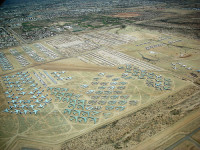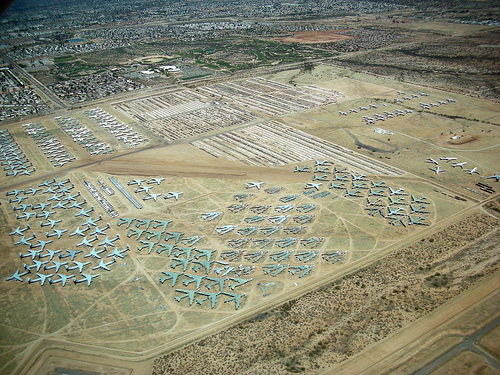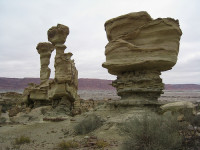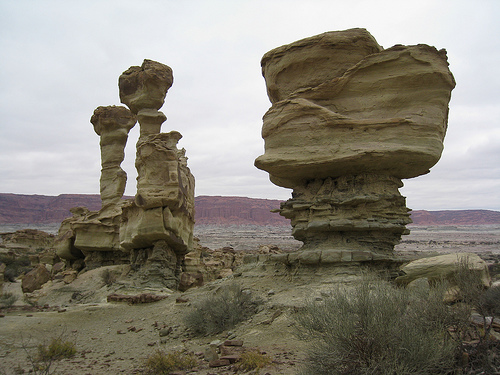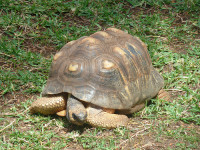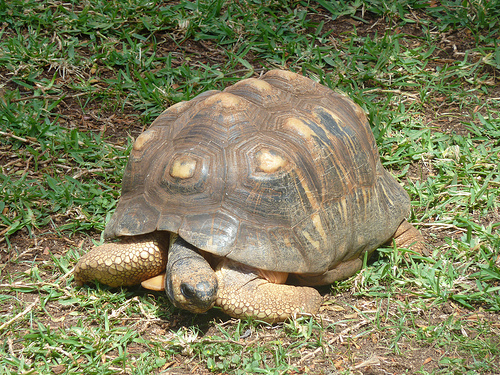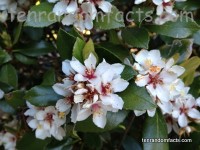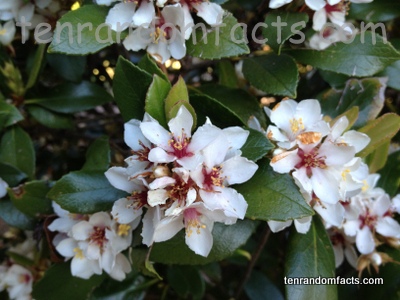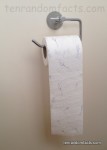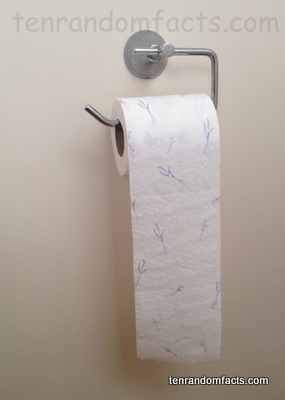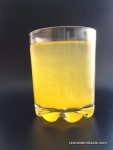
Enjoy a cup of squash!
- Squash is a beverage, and syrup, made primarily of fruit juices, sugar and liquids, and it normally excludes alcohol.
- ‘Squash’, originally ‘lemon squash’, is also known as ‘cordial’ and ‘dilute juice’, although the substances may have slight differences.
- Colouring and flavourings are commonly added to squash, as well as a number of preservatives.
- Typically, squash is diluted in another liquid, normally water for child-friendliness, and sometimes carbonated liquid is used.
- ‘Squash’, being a British drink, is common across much of the Commonwealth, although it is rarely seen in an American environment, and it is said to be expensive there.
- Squash syrup is generally diluted to a ratio of syrup to water, at either 1:4 or 1:5, depending on how condensed the syrup is, and it is also sometimes used in alcoholic cocktails to give flavour.
- Squash can be made from many different fruits, although it is most commonly made from a combination of various berries or citrus fruit.
- Squash can be purchased from supermarkets or made at home, and is able to be stored in both a cupboard or a refrigerator for long time periods, due to the high quantity of sugar and preservatives in the liquid.
- Squash can contain a low sugar content, although in that case it is usually sweetened and flavoured by artificial processes, and as such will generally contain more chemicals.
- Squash is most prominently consumed at parties, functions, road trips and preschools, in the United Kingdom.
Bibliography:
Consider squash and cordial, 2015, The Guardian, http://www.theguardian.com/lifeandstyle/wordofmouth/2010/sep/07/consider-squash-cordial
Squash (Drink), 2015, Wikipedia, http://en.wikipedia.org/wiki/Squash_(drink)





